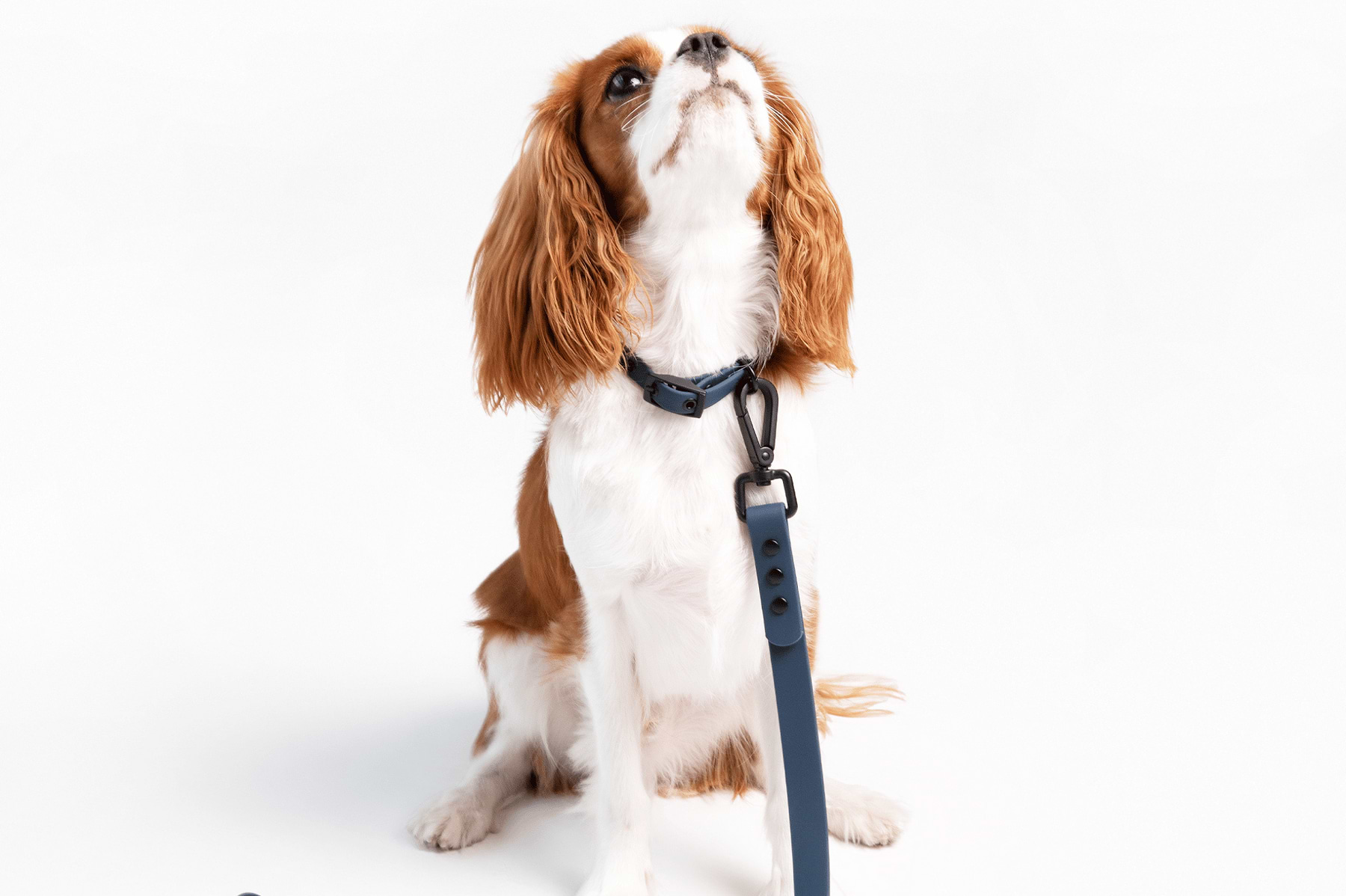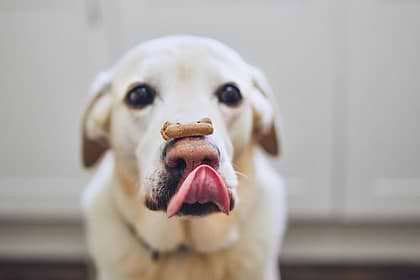Bringing home your new furbaby can be one of the most exciting times of your life. That’s not to say that it won’t come without a fair bit of work though. As soon as possible, you’ll need to implement some puppy obedience training - the sooner you start the better!
In this article, we’ll explore the basics of puppy obedience training, why it’s so important to begin quickly, common commands to teach them, and so much more. Let’s get started.
What are the Benefits of Professional Puppy Training?
Puppy obedience training is an essential part of pet ownership. It not only helps to establish a strong bond between the owner and the puppy, but also ensures that the puppy grows up into a well-behaved adult dog. Puppies are cute, cuddly and fun to be around, but they can also be quite mischievous if not trained properly.
Working with a professional for your puppy obedience training may help you train your pooch faster and more efficiently. However, it’s not a requirement. The more important factor is consistency.
When Should You Start Training a Puppy?
Within the first week of them arriving in your new home you should start working on puppy training basics. Giving them a few days to get used to their new surroundings is a good idea, but then you need to get to work to take advantage of their natural inclination towards learning.
Training milestones by age
- 10-12 weeks: At 10-12 weeks old, puppies are learning the basics of socialization and potty training. At this age, they can start learning simple commands like "sit" and "come." This is also a critical time for introducing your puppy to different sights, sounds, smells, and experiences. You may also want to begin crate training your puppy during this period so they can get used to it.
- 3-4 months: Between 3-4 months old, puppies are still in their prime period of socialization. They're more confident and curious about the world around them. At this stage, you can introduce more complex obedience commands like "stay" and "heel." It's also important to continue encouraging good behaviors with positive reinforcement.
- 4-6 months: At 4-6 months, your puppy should have already mastered basic commands such as "sit," "stay," and "come." This stage is where you need to start reinforcing these commands while gradually introducing new and more complex commands.
- 6+ months: By 6-12 months old, most puppies have mastered basic obedience commands. You can start focusing on advanced training techniques at this stage. Some examples include agility training or teaching your dog to perform specific tasks like retrieving items or opening doors.
Remember that every puppy is unique and may progress at their own pace. You may need to be patient!
What is the most effective dog training method?
Positive Reinforcement
Positive reinforcement is considered by many to be the most effective dog training method. This technique involves rewarding good behavior with treats, toys, or verbal praise, rather than punishing bad (or unwanted) behavior. Dogs learn quickly through rewards and positive feedback, so consistently reinforcing desired behaviors can help them become well-behaved pets overall.
Clicker Training
Another effective method is clicker training. This technique involves using a clicker to mark the exact moment that a desirable behavior occurs, followed by a reward. The clicker serves as an instant signal that lets your puppy know exactly what they did right. With consistent use of the clicker and rewards for good behavior, puppies can quickly learn new commands and tricks.
Dominance-Based
Finally, some pet owners prefer to use dominance-based techniques such as alpha rolls or physical corrections like leash jerks. However, these methods have been criticized for being potentially harmful and causing fear or aggression in dogs. Experts advise avoiding these techniques in favor of positive reinforcement-based methods for optimal results and a happier relationship with your furry friend.
How to Train Your Puppy at Home
1. What to expect
When it comes to puppy obedience training, it is important to have realistic expectations. Puppies are like babies and require patience, consistency, and positive reinforcement. Do not expect your puppy to become perfectly obedient overnight; it takes time and effort.
During the first few weeks of training, expect your puppy to test boundaries and push limits. This is completely normal behavior as they are learning what is acceptable behavior in their new environment. Be prepared for accidents in the house or chewing on furniture or shoes. Stay consistent with redirection and positive reinforcement to establish good habits.
As training progresses, anticipate small improvements rather than drastic changes. Your puppy will begin to understand basic commands such as sit, stay, come when called, but may still struggle with more complex tasks such as walking on a leash without pulling. Just remember that every dog learns at their own pace and with dedication from both you and your furry friend, success will come in due time.
2. How often to train - Training Schedule
Ideally, training sessions should be consistent and frequent to ensure that your pup retains what they learn and develops good habits. Most experts recommend that you train your puppy at least once a day for short periods of time - around five to ten minutes per session.
Puppies have short attention spans and can get easily overwhelmed if you push them too hard. For this reason, many trainers suggest breaking up the daily training into multiple sessions spaced throughout the day. This way, you’ll be able to work on specific skills without overwhelming your pup or causing them undue stress.
Overall, finding a suitable training schedule for your puppy will depend on their individual needs and temperament. Don’t hesitate to experiment with different times of day or session lengths until you find a routine that works well for both you and your furry friend!
3. Training Supplies
Common training supplies include, but aren’t limited to:
- A puppy crate - We highly recommend a training aid with treat spread
- Treats
- Clicker
- Leash and collar
- Toys
- Puppy pee pads
Common Puppy Training Commands
There are several common puppy training commands that every puppy should learn including:
1. Sit
This is one of the easiest and most important commands to teach your puppy. To teach your puppy to sit, hold a treat above their head and say "sit" while gently pushing their backside down. When they perform the act you’re trying to get them to do, praise them first, then treat them.
2. Stay
Teaches your puppy to, well, stay in one spot until they are released. Start by having your furkid sit down and say "stay." Hold your hand up giving a “stop gesture” while you tell them to stay. Take a step back, and if your puppy stays put, give them a treat and praise them.
3. Come
Teaches your puppy to come to you when they are called. Start by saying "come" in a happy tone of voice and then running away from your puppy. When they catch up to you, give them a treat and praise them.
4. Down
This is the command you will use to get your puppy to lie down. Start by having your puppy sit, then say "down" while holding a treat in front of them and lowering it to the ground. When they do the act again give them their well earned treat. Don’t forget to praise them too!
5. Leave it
Teaches your puppy to ignore something they're not supposed to have. Start by holding a treat in your hand and saying "leave it" while covering the treat with your hand. When your puppy stops trying to get the treat, give them a different treat and praise them.
6. Heel
This command teaches your puppy to walk calmly on a leash beside you. First have your puppy sit, then as you begin walking say "heel.” Keep your puppy close to your side with a short leash and reward them with treats and praise for good behavior.
FAQ (Commonly Asked Questions)
What is the first thing you should train your puppy on?
The first thing you should train your puppy on is their name. This will help them learn to respond when you call them. Start by saying their name in a happy tone of voice and rewarding them when they respond. Once your puppy knows their name, you can move on to basic commands like "sit" and "come."
What is the fastest way to train a puppy?
The fastest way to train a puppy is through positive reinforcement. This involves rewarding your puppy for good behavior and ignoring or redirecting unwanted behavior. Consistency is key, so make sure to use the same commands and rewards every time. Short, frequent training sessions can also help speed up the process.
At what age should a puppy be fully trained?
Puppies can start learning basic commands as early as eight weeks old, but it can take several months to a year to fully train a puppy. The exact timeline will depend on the breed and individual puppy. Keep in mind that training is an ongoing process, and even adult dogs can benefit from continued training and reinforcement.
How do you discipline a puppy?
Disciplining a puppy should focus on redirecting their behavior and rewarding good behavior, rather than punishment. For example, if your puppy is chewing on something they shouldn't, redirect them to an appropriate chew toy and reward them when they chew on that instead. It's important to avoid physical punishment, as this can be harmful and may lead to fear or aggression.
How do you tell a puppy off for biting?
When your puppy bites, it's important to redirect their behavior rather than scolding them. Start by saying "no" or "ouch" in a firm but calm tone of voice. Then, offer your puppy an appropriate chew toy or treat and praise them when they chew on that instead. Consistency is key, so make sure to use the same approach every time your puppy bites. If your puppy continues to bite, it may be helpful to seek guidance from a professional trainer.
You might also like
Crate training tips, stories and inspiration
View all blogsIn Your Diggs
Share your photos with #DiggsPet and tag us @DiggsPet on IG and TikTok.



